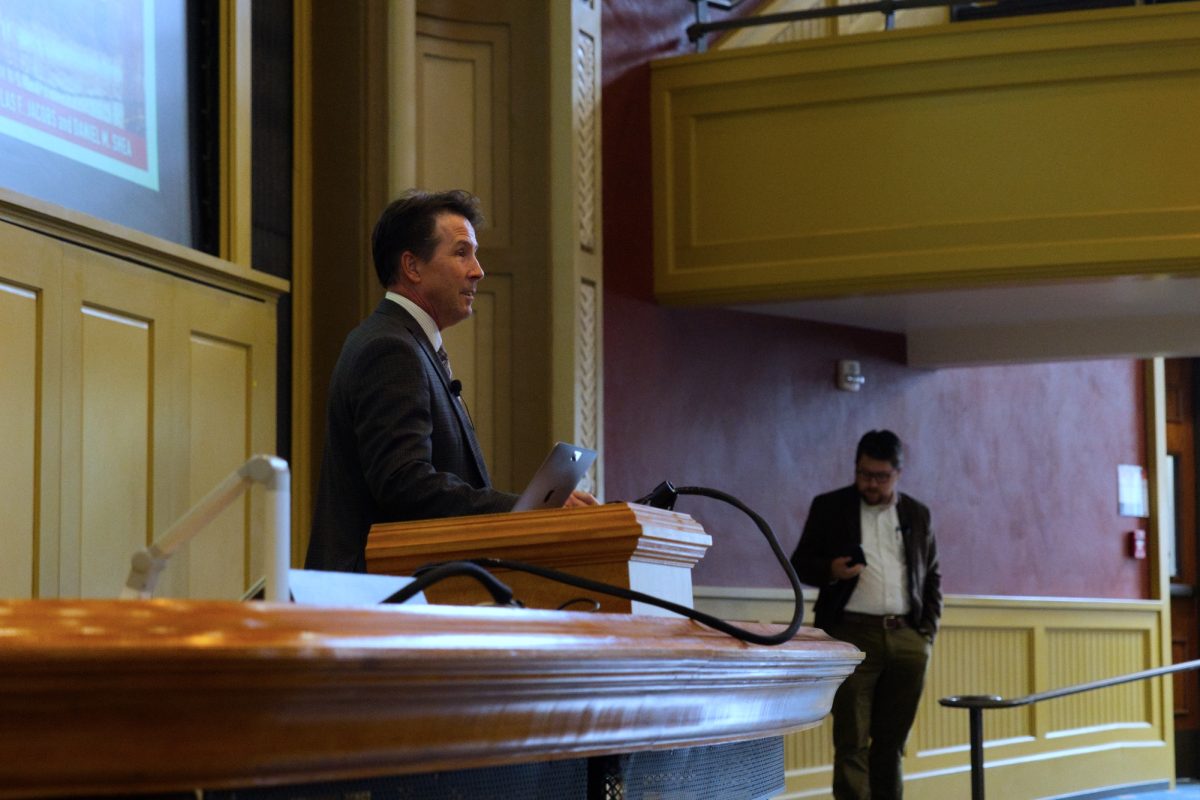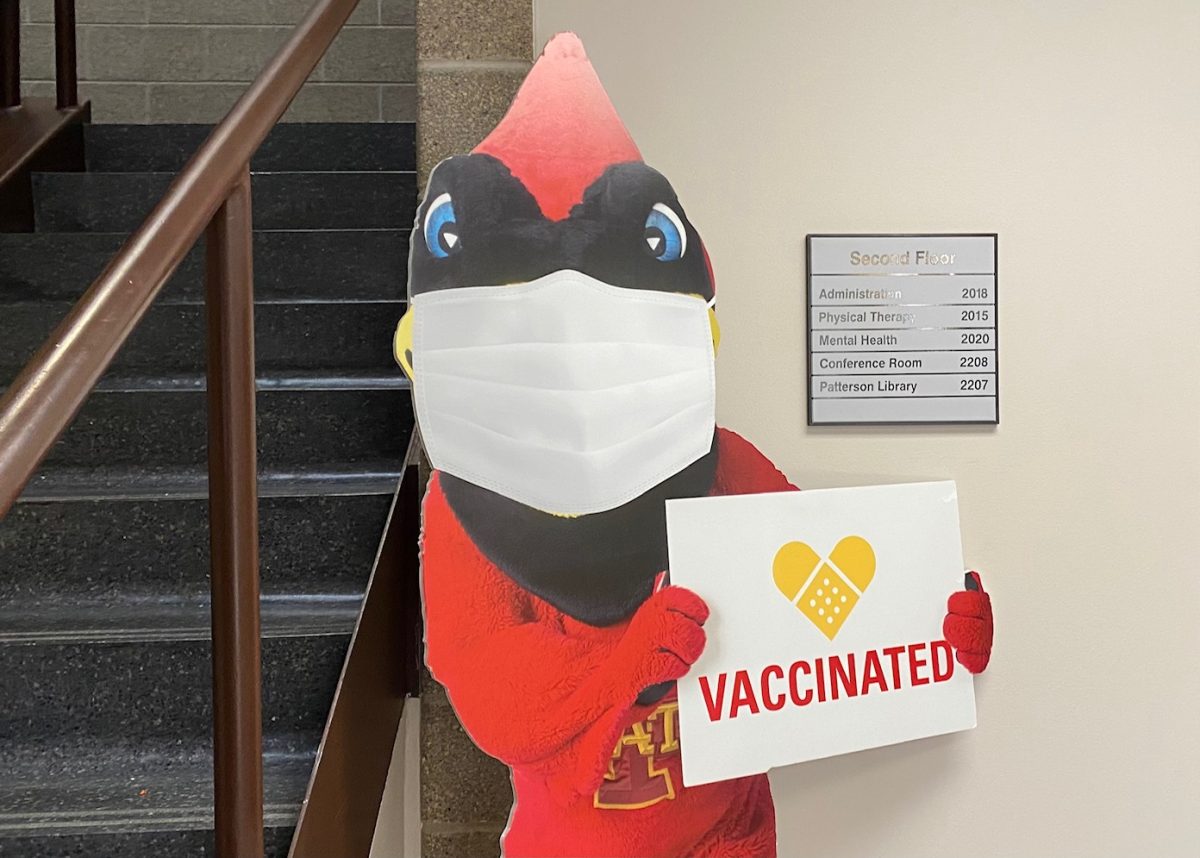Local ag experts differ on effects of Farm Act
September 7, 1999
The Freedom to Farm Act, passed to reduce the government’s role in farming, has sparked controversy among area agriculture experts.
“In my opinion, it was the second most irresponsible congressional act of the century,” said Neil Harl, distinguished professor of agricultural economics.
The act allows farmers to produce at essentially unrestricted levels.
This creates a surplus in good years, but Harl blames the bill for the low prices currently being received for today’s crops.
Harl sees the low prices stemming from the bill because it took away much of the Secretary of Agriculture’s authority to have set-aside land programs and grain-storage options.
He said setting aside land for agriculture makes sense and cited the recent cut-backs of John Deere, Firestone and New Holland.
“They’re all laying off workers because they have too much inventory,” Harl said.
“Every company gets into occasional trouble with surplus. Setting land aside would essentially be the same type of practice, only it would be land and not people,” he said.
Surplus puts pressure on producers everywhere until they change their land-use patterns, he said.
However, Harl said, the change needs to occur in states other than Iowa, where there is a higher cost of production for crops such as corn and soybeans.
Allowing farmers to produce at unrestricted levels benefits the large corporations that supply producers with various agricultural products, he said.
Challengers of the act also argue that farm payments are going to the landowners instead of to the people who farm the land, which Harl said is inevitable in a “cash-rent” system.
“The landowner who is cash-renting doesn’t get the government payment,” Harl said.
“In a crop-share lease, the crop yield is split between the tenant and landowner, then the government payment is split the same way.”
However, in a cash-rent situation, the landowner still can get part of the payment.
“Don’t kid yourself,” Harl said. “Even if the money goes solely to the tenant under a cash-rent lease, it ends up in part as cash-rent paid to the landlord.”
Fifty percent of Iowa agricultural land is leased, Harl said., while 70 percent of the leased land is cash-rented.
The act also was created so more foreign markets would be opened up for this anticipated surplus. However, things have not gone as planned, he said.
The markets haven’t been there, and farmers are left to face a grim situation where prices have plummeted.
However, some experts don’t believe the Freedom to Farm Act is at fault.
John Miranowski, chairman of agricultural economics, said even though the program is not as successful as the government may have intended, he doesn’t think this constitutes a sign of failure.
Miranowski said he estimated that it would take more than 20 percent of farmland to be set aside before farmers could see positive results under the old program.
“Does it make sense to have 20 percent?” he said.
Miranowski and Bruce Babcock, director for the Center for Agriculture and Rural Development, said this legislation is not to be blamed for the low prices.
Both referred to a study conducted by the University of Missouri.
“It basically said the change of farm policy is not responsible for the downturn in prices,” Babcock said. “People are just looking for a scapegoat.”






